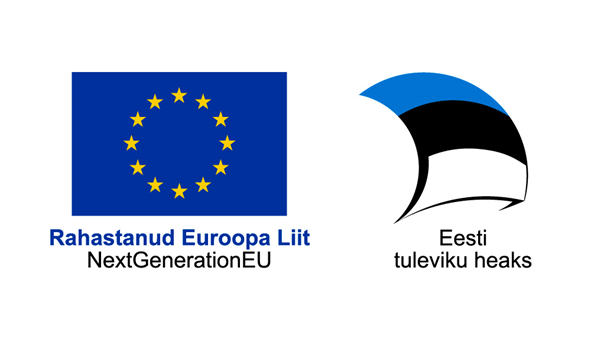Overview
Solar power is a renewable source of energy obtained from the sun's radiation. Solar energy can be used to generate both heat and electricity; it is plentiful and is one of the cleanest sources of energy to use in power generation.
The production of solar energy depends a lot on the geographical location and the local climate. The more sunny days there are in the region, the greater the potential for using solar energy in that location. However, solar energy can be produced in all regions of the world.
Solar energy is mainly used to generate electricity. Electricity is produced from the sun using solar panels. They consist of photovoltaic (PV) cells that absorb solar radiation and convert it into electrical energy. The produced electricity is sent to the grid using inverters or consumed on site.
As a means of producing electricity, solar panels are one of the easiest to use and are relatively low-maintenance. Productivity largely depends on the choice of location and the position of the panels in their orientation to the Sun. Suitable places with enough sunshine are selected for installing solar panels. These can be the roofs of buildings, open areas of land or special solar parks. The panels are installed in the selected location and positioned to receive maximum solar radiation. In northern countries, it is optimal to position the panels facing south. Sometimes, solar panels are installed with automation that can rotate them during the day.
Advantages and disadvantages of solar energy
Solar energy has several advantages:
- It is a renewable and clean source of energy, which is inexhaustible
- The solar panel is 95% recyclable and reusable
- Solar energy generation does not produce greenhouse gases or emissions
- Solar energy reduces dependence on imported fossil fuels, improving energy security
- Unlike many other energy sources, solar energy production does not require water or other natural resources
- Solar energy can be easily used in remote areas where there is no access to the power grid
Although solar energy has many advantages, it has some disadvantages as well. Depending on the season, location and weather conditions, energy generation can be highly variable. Like wind energy, the use of solar energy needs the help of storage technologies to store electricity for the night, for example.
Solar power in Estonia
Due to our geographical location, solar power cannot be produced in Estonia all year round, as not enough solar energy reaches us during the winter months. However, there is enough sun from March to October and thus the productivity in our region is very good at that time, which makes electricity produced from solar energy affordable.
In recent years, the use of solar power has grown rapidly in Estonia. Solar panels are installed in households, industrial companies and public buildings. Solar panels are also used in smaller devices in public spaces, such as solar-powered street lights, weather measurement devices and trash compactors.
In conclusion, solar energy is one of the most environmentally friendly sources of renewable energy with one of the highest potentials and using it helps to reduce fossil fuel consumption and greenhouse gas emissions. Solar energy plays a part in diversifying energy production and reducing the environmental impact in Estonia.
RePowerEU
The project has been financed by the European Union's NextGenerationEU recovery funds. The page was compiled within the framework of REPowerEU, which aims to eliminate the European Union's dependence on Russian fossil fuels by saving energy, diversifying energy sources and accelerating the transition to clean energy.
